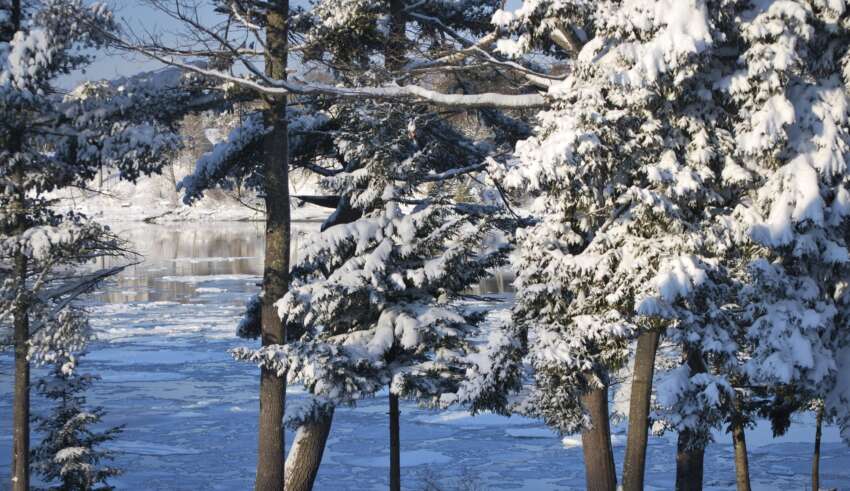
We have much to learn about our intricate relationships with other people—especially when we are engaged in relationships with people who see and act in our mid-21 Century world that differs in significant ways from the way in which we see and act in the world. We try to learn about these relationships by looking back in history to those who have “pulled this off” – such as the Back family and Abrahan Lincoln’s team of rivals. We can also look at more recent examples of sustaining relationships midst differences. We can turn to Carol Gilligan, who exemplifies her own espoused “ethics of care.”
Perhaps this is all we need—some exemplars and a few words of advice. However, this doesn’t see to always “do the trick.” As I have already noted in this series of essays, unconscious forces prod us to splitting and enforcing our “difference” from other people with whom we disagree. There is also the matter of socio-economic and political forces that set us apart from other people who reside on the “other side of the line.”
I would suggest that this still doesn’t “do the trick.” We are involved in a tightly-interwoven interdependence with other people that suggests we relate to and separate from other people in a manner that precludes independent judgement regarding these relationships. We are involved not just in many relationships—which makes our interpersonal world quite complicated—but also in many relationships that are all interwoven with one another – which makes our interpersonal world quite complex.
We could look beyond interpersonal relationships to gain insights about our complex (rather than just complicated) relationships with other people—especially relationships that are in some manner contentious. We might want to look at other segments of our living world to see how complex relationships are nurtured and sustained.
We could study the interdependence of bees and flowers, as many social biologists have done. The behavior of lion prides hunting in Africa (which I have observed) can provide us clues. There is no leader among the lioness who do all of the hunting. They circle their victim (usually an antelope) and slowly move closer with one lioness suddenly launching the attack. The hunt is beautifully choreographed without a choreographer or lead “dancer.” We could learn from the swarming fish or flocking birds as I suggested in the second essay in this series (Bergquist, 2023b). Perhaps, we could learn from octopi—as Karen Bustamonte and I have done with several colleagues in response to the movie about octopi as teachers (Bustamonte and Bergquist, 2021).
Our Forests Can Teach Us About Complex, Interdependent Relationships
Another source of insights about complex relationships has recently come into prominence. This source is the teaching being done by the forests of our world. There is much to learn from our forests, and we are now getting to know our forests. While we dwelled in them for many years and have more recently done a pretty good job of destroying them, the forests of planet Earth are now being studied and appreciated for what they are: complex ecosystems that are dependent on diversity and interconnectedness for their survival. I would suggest that we might find a similar need for diversity and interconnection in our study of human systems.







